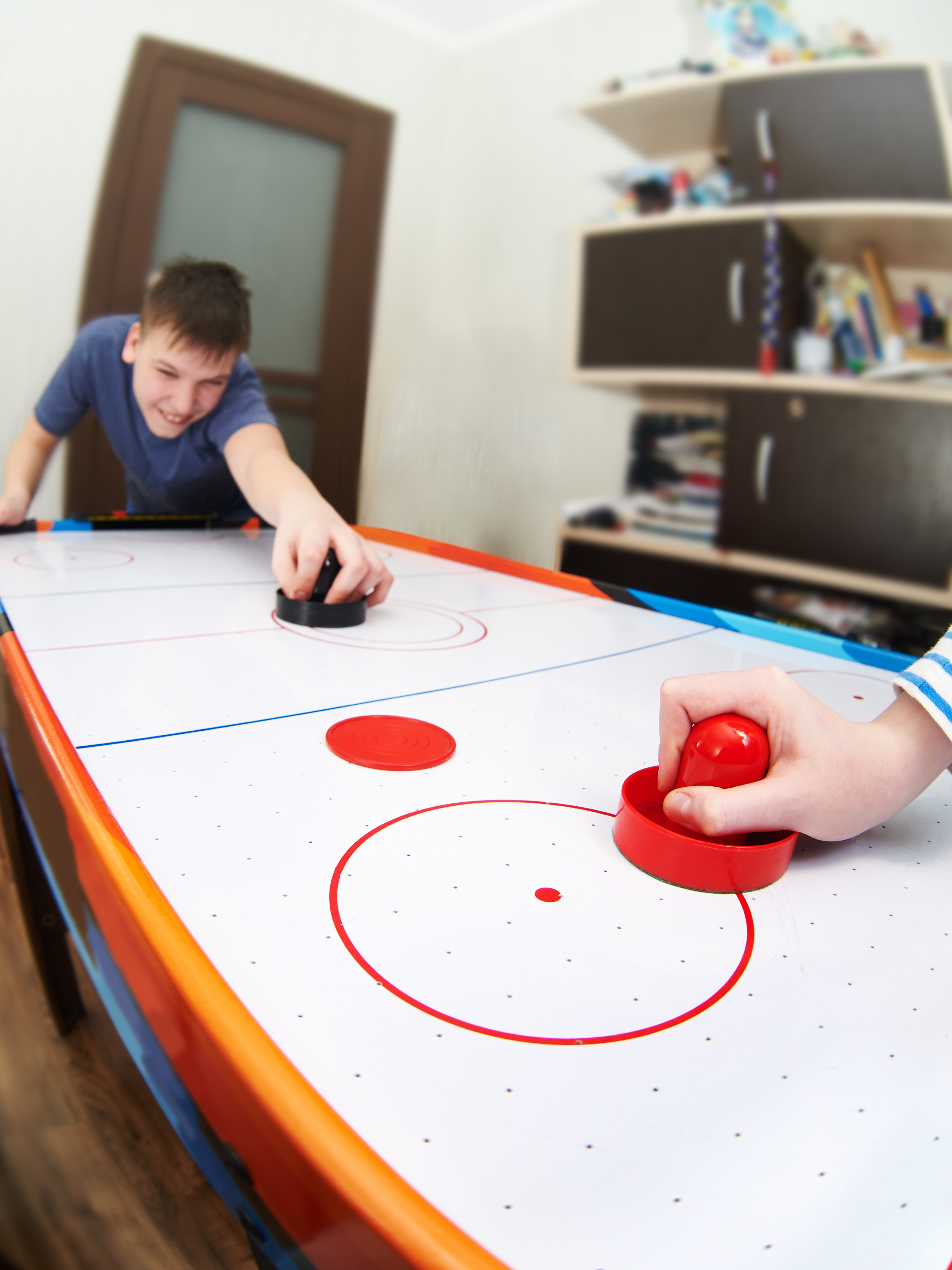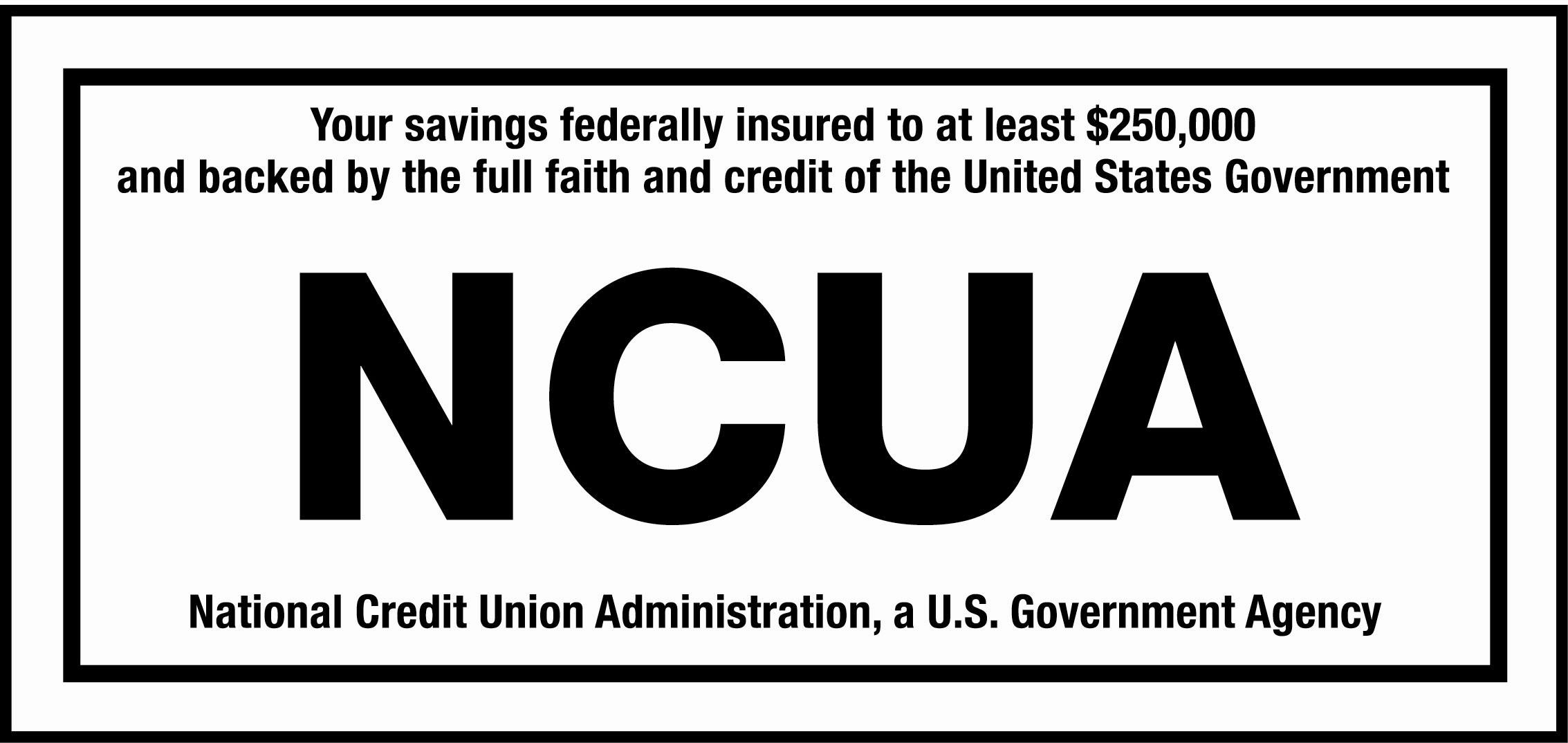WORD OF THE MONTH: BUDGET
David’s friend, Mikey, had the most awesome basement ever. It had a ping-pong  table, a foosball table and an air hockey table. That’s why David loved going over to Mikey’s house to play.
table, a foosball table and an air hockey table. That’s why David loved going over to Mikey’s house to play.
But David wanted an air-hockey table of his own.
“Can we get one, Mom? Please?” he asked his mom one day after coming home from Mikey’s.
Mom shook her head. “Not now, David. Air hockey tables are fun, but they’re also expensive.”
“So what?” David cried. “Why can’t we buy something expensive, just this once?”
Mom pushed back her chair and stood up. She walked over to a kitchen drawer and pulled it open. She took a bunch of papers and checks out of the drawer and motioned for David to come join her at the table.
“Let me show you something,” she said. Mom started dividing the papers into two separate piles.
“These are our bills,” she said, patting the larger pile. “And these are our paychecks.”
Mom took out a piece paper and drew a line down the middle.
“Look, David,” she said. “On this side, I’m going to write all of our expenses and on the other side I’m going to write our income.”
“You mean like how much money you and Dad get paid?”
“That’s right,” said Mom. “I’m not going to tell you the actual numbers, just an estimate so you get an idea.”
“Why won’t you tell me the real numbers?” David was curious.
Mom smiled. “Because there are some things you don’t need to know about just yet. You’ll have to do all this when you’re older, but for now, you can learn about it without knowing the actual amounts.”
Mom started listing items:
- Mortgage payment
- Credit card bills
- Phone and internet bill
- Electric bill
- Gas bill
- Insurance payments
- Car payments
- Cable
- Gym membership
- Groceries
There were so many expenses! Next to each item, she put a small number.
Then she wrote a few larger numbers on the other column.
“You see this, David?” she said, holding up the paper. “This is called a budget.”
She pointed at the longer column. “This is the amount of money we need to spend on certain expenses each month.”
Then, she pointed at the shorter column. “And this is the money we have to work with each month.”
“But how do you figure out how much money you need for everything?” David asked.
“That’s where the budget comes in,” mom explained. “I set aside the amount we need for our fixed expenses—that’s stuff that costs the same amount each month—and then I set a little bit aside for the expenses that cost a different amount each month.”
“But how do you know how much to set aside if it always changes?”
“I take an average of a few months and use that number.” Mom pointed to Groceries: $350.
“But you see,” she continued, “I only have a little bit for extra expenses we don’t have all the time, like new shoes or winter coats, or household repairs.”
“And air hockey tables,” David added.
“And air hockey tables,” mom grinned. “That’s not on our budget.”
David was thinking. “But what would happen if we bought one anyway?” he asked.
“That would really mess us up this month,” Mom said. “It’s not planned, and we don’t have enough money in our budget to cover it. We might not be able to pay the electric bill this month or make a payment on the car if we spent that money on the air hockey table. Do you understand?”
David nodded. “Does that mean there’s no way I can get an air hockey table?”
Mom laughed. “You can—just not right now! We can save up for one together. How about we build a save-up-for-air-hockey-table plan into our budget together? We can think of ways to cut back on our budget and use that extra money to put into an air hockey fund.”
“Sounds good!” David smiled.
He bent over mom’s paper and after 15 minutes of discussion and writing, they had a plan in place. It would take a few months for it to happen, but they had a plan to make it work.
David was happy that mom had taken the time to explain how budgets work. He knew he would have his air hockey table soon. After all, it was part of the budget!



